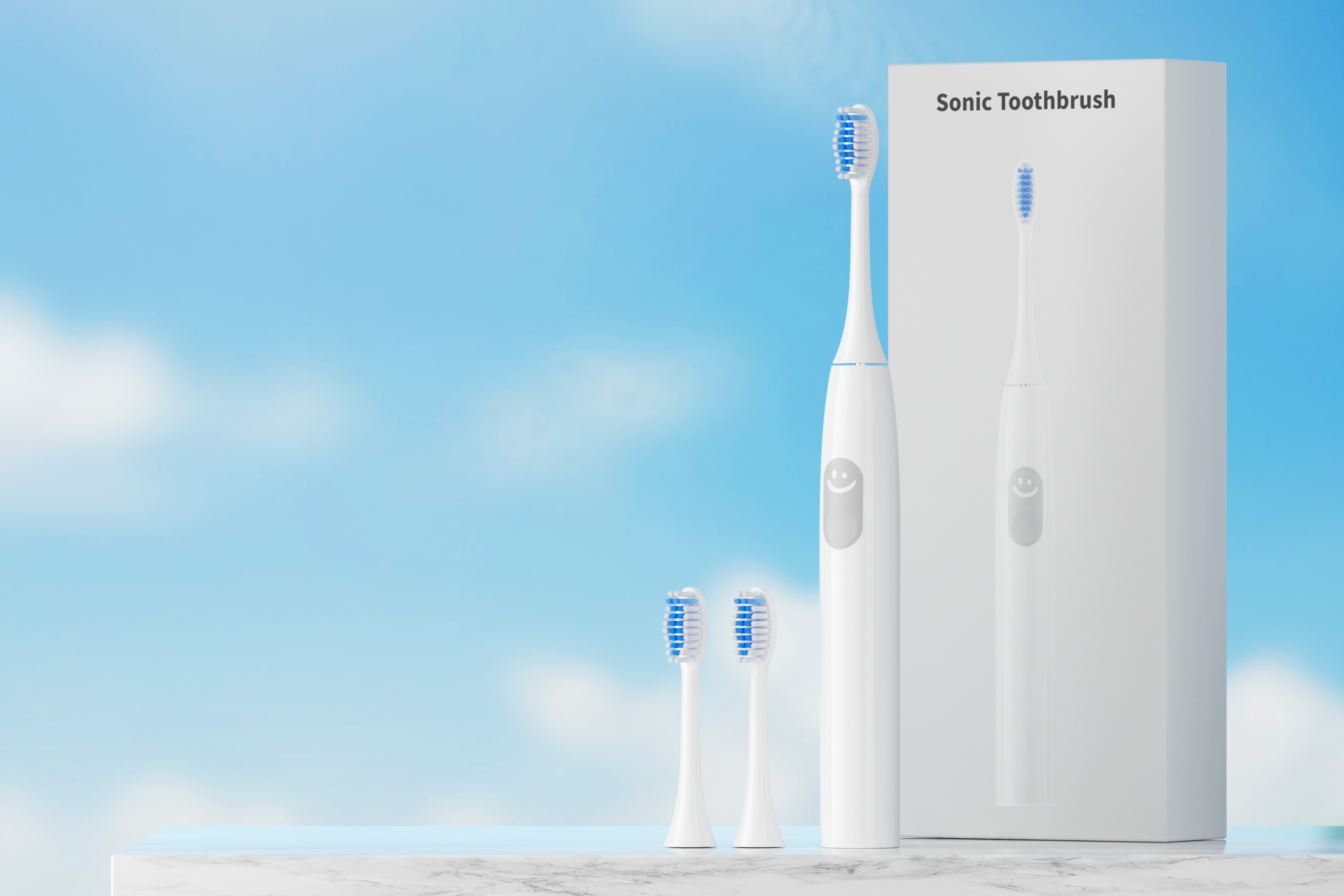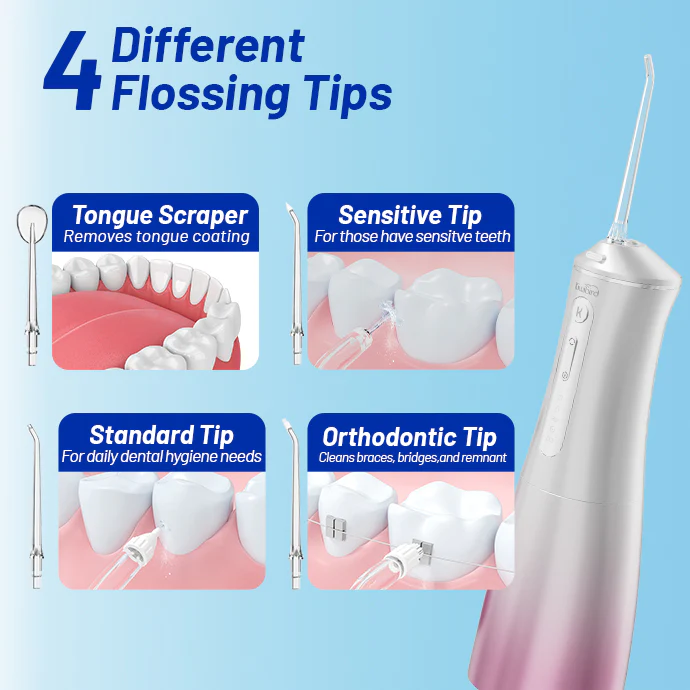In the realm of oral care device manufacturing, increasing reports of allergic reactions following pulp irritation during product use have raised concerns. While these two symptoms may appear unrelated—one immunological, the other sensory—closer technical analysis suggests they may not be mere coincidence. Could pulp irritation actually trigger or amplify allergic reactions? Understanding this potential connection is essential for manufacturers aiming to enhance both product safety and user trust.
Pulp irritation refers to inflammation or overstimulation of the dental pulp—the soft tissue within teeth containing nerves and blood vessels. In the context of oral care devices, it typically results from:
Symptoms include sharp tooth pain, prolonged sensitivity, and discomfort when consuming hot or cold substances.
Allergic reactions manifest as hypersensitivity responses, potentially including:
Such reactions are typically triggered by exposure to allergens present in:
The overlap of allergic symptoms and dental discomfort complicates diagnosis. Company web:https://www.powsmart.com/product/electric-toothbrush/
Emerging research suggests that pulp irritation may predispose users to apparent allergic reactions, via:
Thus, while not directly causative, pulp irritation can act as a catalyst or amplifier for allergic responses, especially in sensitive users.
Key design and formulation risks contributing to combined pulp irritation and allergic reactions include:
Failure to address these risks can create simultaneous sensory and immunological distress in users.
Manufacturers seeking to eliminate this dual-risk scenario should implement:
Additionally, providing user-adjustable intensity settings on devices allows consumers to prevent overstimulation that could trigger pulp irritatio
By proactively eliminating the combined risk of allergic reactions and pulp irritation, B2B manufacturers can:
In professional procurement scenarios, offering materials transparency and safety test reports is a key differentiator.
Are allergic reactions after pulp irritation merely coincidence? Evidence suggests otherwise. While not directly causal, pulp tissue inflammation can sensitize users to allergens, heightening both perceived and physiological responses. For manufacturers, addressing this hidden connection through better material choices, precise thermal controls, and hypoallergenic formulations is essential—not just to protect users but to protect their brand reputation. Contact us
.jpg)
.jpg)

How to Optimize Electric Toothbrush Production Lead Time? Strategies for Shortening Lead Times and Enhancing Brand Competitiveness
Diwali Offer Cheap Electric Toothbrush for Students Delhi

The Hidden Drawbacks of Battery-Operated Electric Toothbrushes for OEM Brands

Electric toothbrush vs manual toothbrush: scientifically proven superiority

Magnetic vs USB-C Charging Analysis for Oral Care Products OEM Decision Makers

Recyclable Electric Toothbrushes: The Future of Sustainable Oral Care
Electric Toothbrush with Replaceable Heads – Cost-Effective and Sustainable B2B Oral Care Solution

How Does Bulk Toothbrush Heads Wholesale Benefit from Innovative Electric Toothbrush Mold Design?
Electric Toothbrush with Whitening Mode OEM
Hose Leakage Leading Mucosal Lesions – Double Damage?

Electric Toothbrush Manufacturing Process

Can Bluetooth Toothbrush Tracking Paired with a Smart Dental Coach Replace Your Dentist?

Improve Smile with Electric Toothbrush: OEM Customization Options
Gel Leakage Plus Enamel Erosion – Double Damage?

Sustainable Electric Toothbrush Manufacturers: Eco-Friendly Materials & Recycling
Bulk Smart Toothbrush Washington | Dental Giveaway & Corporate Programs

electric toothbrush heads Charcoal Infuse-Round

electric toothbrush heads Ultra Soft

Customization Teeth Whitening Gel

Private Label Whitening Gel

Electric toothbrush heads Charcoal Infused-Diamond
.jpg)
Florida Electric Toothbrush – Powsmart PTR-C8

electric toothbrush heads Deep Clean

electric toothbrush heads Regular Clean
whstapp
whstapp
National Toll-Free Service Hotline
+86 755 86238638